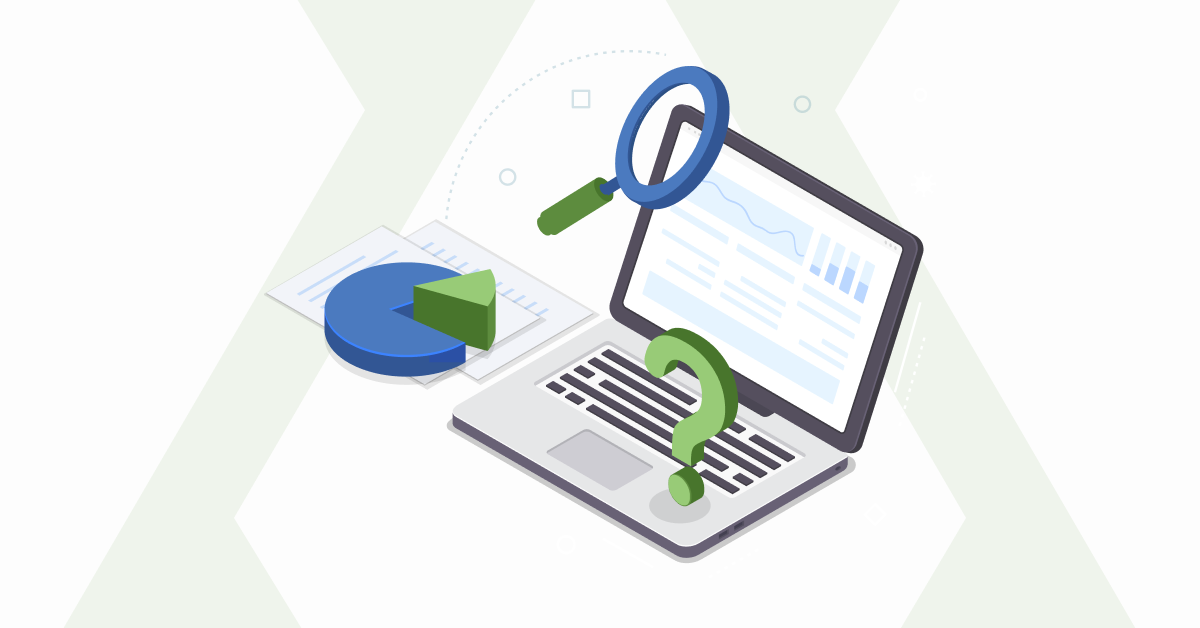Digital technology is upending processes, customer experiences, and business models in the life insurance industry. Tech startups and insurtechs are leading this industry transformation.
Meanwhile, incumbent life insurers who initially viewed these high-tech entrants as threats are diving head-first into collaboration and partnerships, partnering with non-insurers. By curating or connecting to a partner ecosystem, life insurers can offer a more compelling portfolio of services, including capabilities from adjacent industries, technology giants, and the emerging insurtech community. Here’s how life insurance ecosystems deliver more value to you and your customers.
What is a life insurance ecosystem?
EIS defines an ecosystem as an interconnected network of companies and systems that work together to create more value for a customer than one party could deliver on its own. While some ecosystems can be small, the more elements and capabilities that are added, the greater the value to the customer. Because no single partner needs to build and orchestrate all the components, the ecosystem approach accelerates innovation — with one company’s innovation efforts furthering all others.
How do life insurers map out an ecosystem strategy?
Among the first steps in determining your ecosystem strategy is choosing how you will participate in the ecosystem. Options include joining an ecosystem that already exists, launching an ecosystem platform of your own, or a hybrid approach that combines both strategies. The goal of plugging into an existing ecosystem is often to create new distribution channels. By embedding your life insurance products into an adjacent industry player’s ecosystem — such as retailers, tech giants, financial institutions, workplace benefits, or health providers — you can gain access to new customer pools. On the downside, it often means losing some control of the customer experience, which is led by the partner brand. Creating your own ecosystem gives your life insurance company the opportunity to expand into new markets, simplify internal processes, and create differentiated customer experiences. For example, by pulling the capabilities of wellness, lifestyle, healthcare, or financial services firms into your product mix, you can move beyond being a carrier of risk to a champion of total wellness. Controlling and orchestrating the ecosystem will enable you to differentiate your brand but requires significant legwork to scale and attract customers. In reality, most life insurers likely would pursue a hybrid strategy where they build an ecosystem platform within their workplace benefits, then connect to a wellness platform to enhance the workplace program.
What types of ecosystem partners should life insurers consider?
Three of the most common types of life insurance ecosystem collaborations include:
Partnerships that enhance the customer experience. Customers should always be central to any ecosystem initiative. Customer data is of utmost importance. Gaining a comprehensive understanding of customer behaviors, motivations, life changes, health metrics, and purchase power through third-party data sources will enable you to create hyper-personalized experiences that are becoming the new norm. Armed with robust, real-time customer profiles, you can further your customer experience proficiency by creating automated recommendations on coverage. By partnering with a “robo-advisor,” for example, it’s possible to track key life events and lifestyle changes and make instant recommendations for policy updates.
Partnerships that expand your revenue opportunities. The life insurance industry has always focused on predicting mortality and using actuarial tables to determine financial risk. An ecosystem approach enables life insurers to rapidly integrate with health, fitness, wellness, and financial players to offer adjacent products to their customers. Consider the possibilities of connecting life insurance policies to major players like Peloton® or Weight Watchers®, for example, or other complimentary products. Transitioning from the “one-and-done” sale to a more interactive, always-on relationship will create expanded revenue opportunities through long-term relationships and brand loyalty.
Partnerships that accelerate underwriting and reduce risk. Forward-thinking life insurers are striving to achieve an environment in which 70% or more of policies are auto issued, with no human intervention. Achieving this ideal state will require a dramatic reduction in forms, manual underwriting, and invasive medical exams. Data inputs that drive faster, more accurate underwriting will come from ecosystem partners who supply lifestyle data, health and genetic data, environmental data, such as pollution sensors, and medical data collected in non-intrusive ways.
Ready to jump-start your life insurance ecosystem? Reach out and see how EIS can help.




